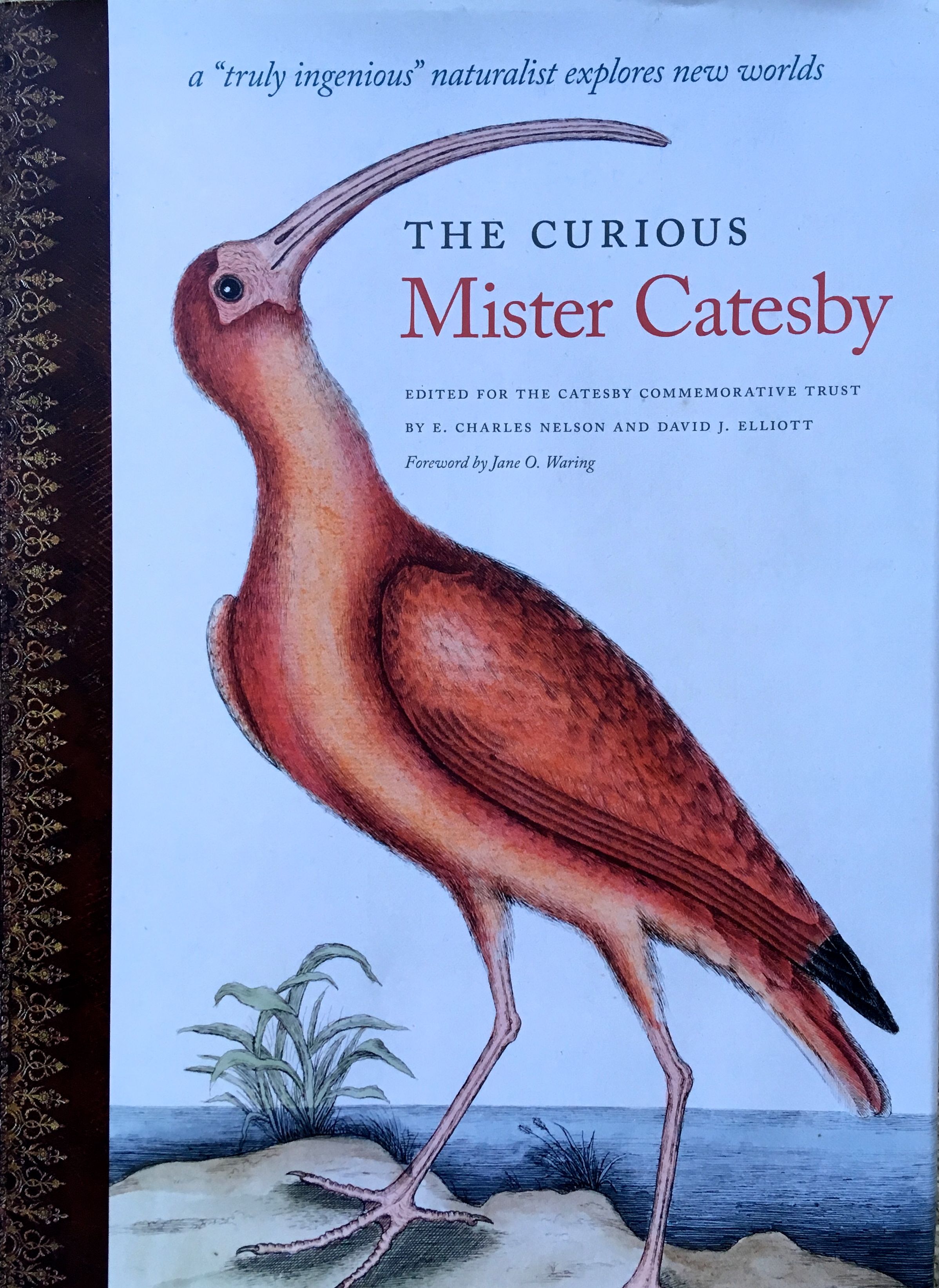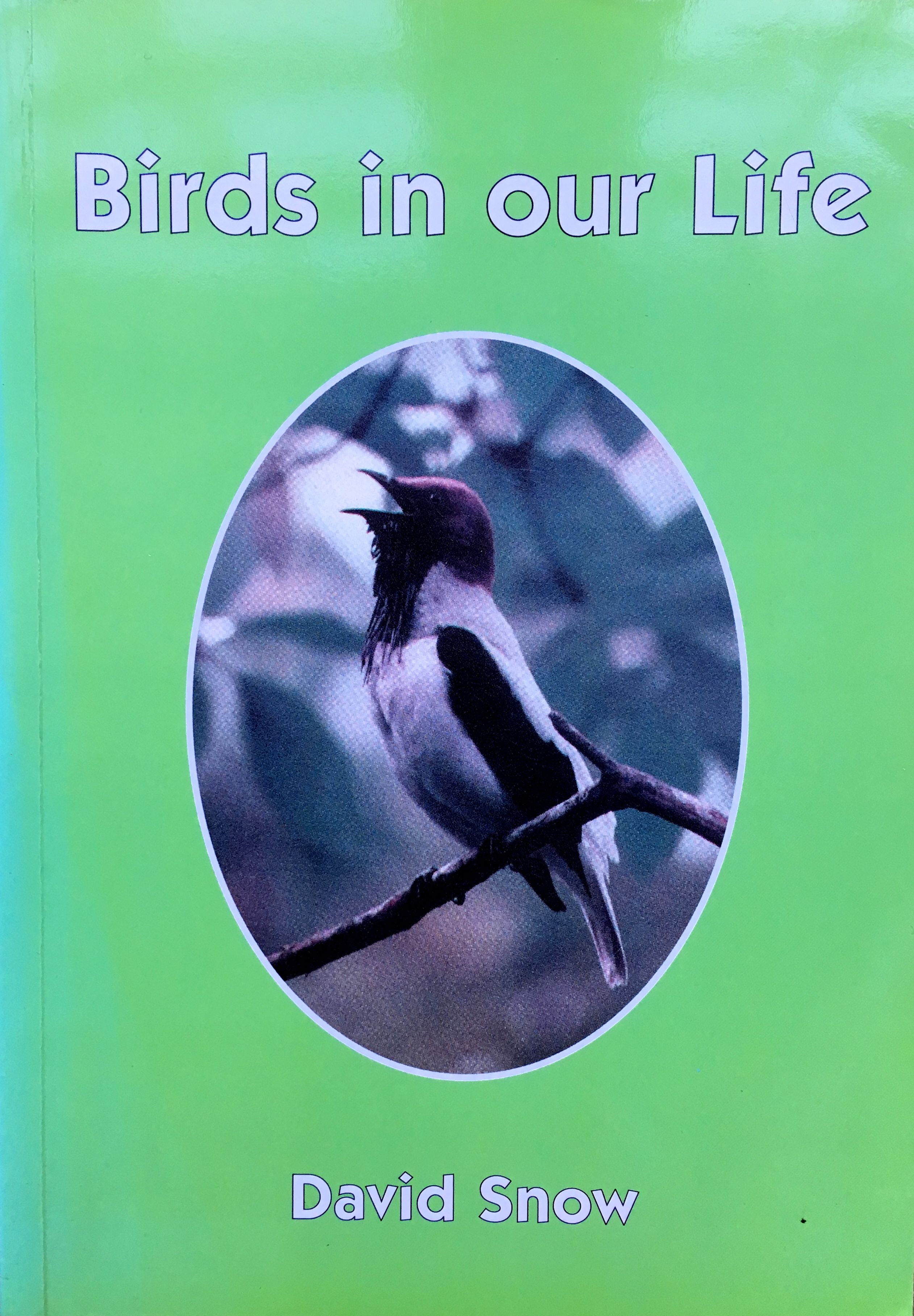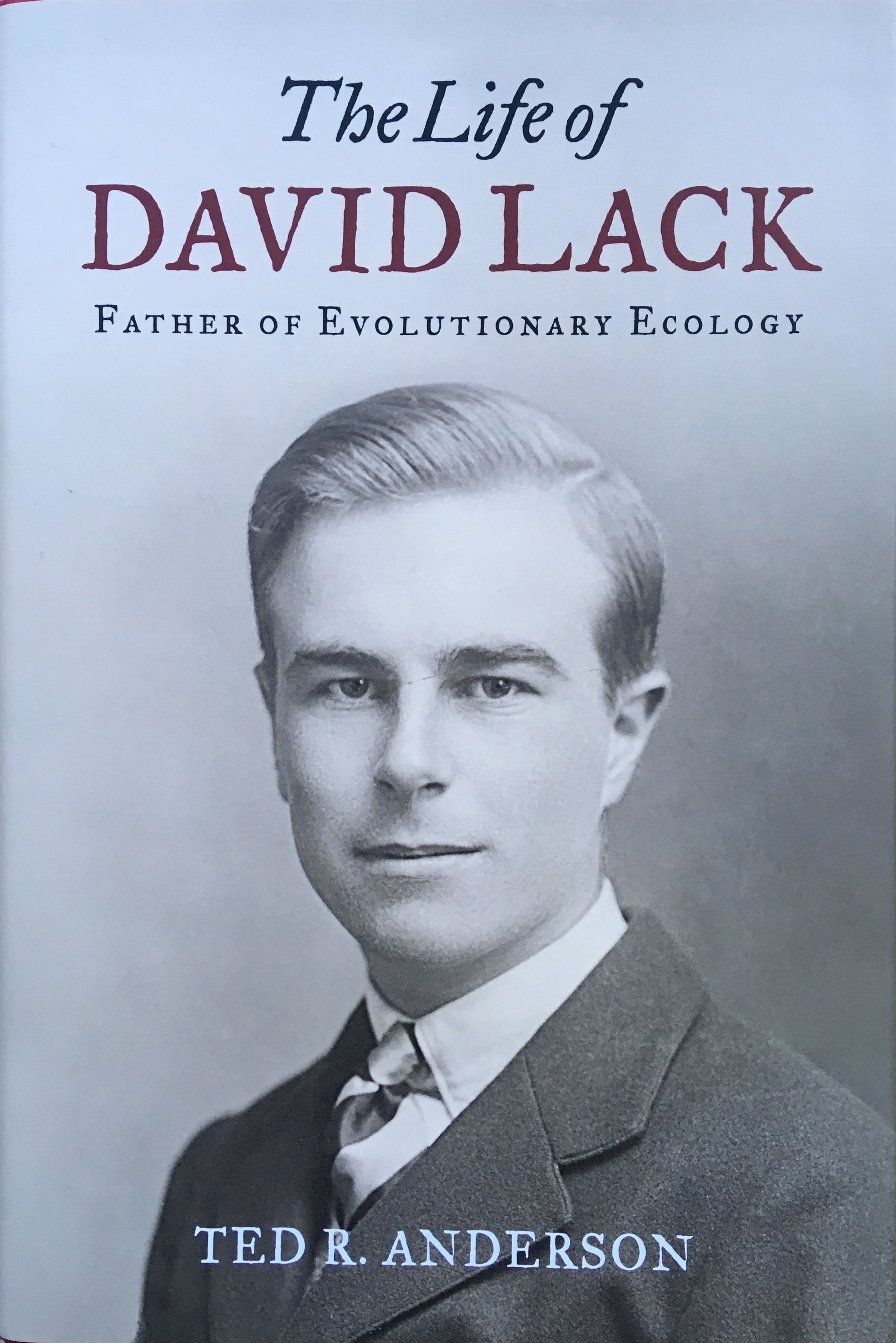Ornithologists are people too! When Bob Montgomerie, Jo Wimpenny and I wrote Ten Thousand Birds: Ornithology since Darwin (2014) our aim was to make the history of ornithology interesting, or at least more interesting than is usually the case, by focusing on the lives of ornithologists, with all their foibles, enthusiasms and idiosyncrasies. And what an intriguing and exciting bunch many of them proved to be!
Finding biographical information was sometimes easy, sometimes difficult, depending on how famous, or in some cases, infamous, the person was. Celebrated ornithologists typically receive multiple obituaries, including those published in the journals of the societies to which they belonged. Others have written their own biographies, including David Lack —one the twentieth-century’s most outstanding ornithologists — who some years before he died composed his own obituary for the Ibis. Margaret Morse Nice, famous for her song sparrow studies, wrote a much longer autobiographical account, Research is a Passion with Me, undoubtedly because she had lots to write (whereas David Lack felt he’d led an uneventful life [2]).

Many less famous ornithologists, both then and now, lead lives absent of major discoveries or disputes, making it much less likely that they’ll receive obituaries or biographies. Writing a biography of such individuals often requires time-consuming research that can be both frustrating and fascinating — rather like fishing: rarely a bite, but when you hook something, wonderfully satisfying.
Several years ago, I became interested in how in the 1920s, a biology high-school teacher Hans Duncker, who with the help of an amateur bird-keeper, created a red canary. What a mission — both mine and his! As a native German Duncker, wrote nothing in English, and I, unable to read German, created a self-inflicted challenge that would have been impossible without the help of two good friends: Karl Schulze-Hagen and Goetz Palfner, who could translate the German for me. Much of Duncker’s history was hidden away in various archives and, because of his war-time activities, not readily available, even to German researchers.
 As the history of ornithology becomes an increasingly respectable and relevant research topic, more and more ornithologists see writing biographies as a worthwhile exercise. Some recent examples include: Mearns and Mearns’s John Kirk Townsend; Hale’s Sacred Ibis: the Ornithology of Canon Henry Baker Tristram; Nelson & Elliott‘s The Curious Mr Catesby; McGhie’s Henry Dresser and Victorian Ornithology.
As the history of ornithology becomes an increasingly respectable and relevant research topic, more and more ornithologists see writing biographies as a worthwhile exercise. Some recent examples include: Mearns and Mearns’s John Kirk Townsend; Hale’s Sacred Ibis: the Ornithology of Canon Henry Baker Tristram; Nelson & Elliott‘s The Curious Mr Catesby; McGhie’s Henry Dresser and Victorian Ornithology.
 A recent innovation, fuelled and facilitated by technology is the self-published autobiography. Examples here include those by Bryan Nelson [3], famous for his comparative studies of gannets and boobies, and by David Snow, who pioneered the study of frugivory, sexual selection and avian mating systems, beautifully summarized in his wonderfully perceptive book, The Web of Adaptation.
A recent innovation, fuelled and facilitated by technology is the self-published autobiography. Examples here include those by Bryan Nelson [3], famous for his comparative studies of gannets and boobies, and by David Snow, who pioneered the study of frugivory, sexual selection and avian mating systems, beautifully summarized in his wonderfully perceptive book, The Web of Adaptation.
Biographies and obituaries do something different from autobiographies, although an autobiography is a useful resource for a biographer. A self-published autobiography allows the author to use whatever illustrations they want and to emphasise those aspects of their life that they consider most important, with the attendant risk that they may try to create their own memorial; write too much or, if left too late, fail to recall all that is relevant. Publishing, whether privately or professionally, in hard-copy or on-line safeguards a biography; written accounts left for the family often go missing.
I would urge all ornithologists to write an account of your life; keep it concise, personal, with plenty of images, and provide some context about the places and times in which you have lived [5]
SOURCES
 Anderson TR (2013) The Life of David Lack. Oxford: Oxford University Press.
Anderson TR (2013) The Life of David Lack. Oxford: Oxford University Press.- Birkhead TR (2003) The Red Canary. London: Weidenfeld & Nicolson.
- Birkhead TR, Wimpenny J, Montgomerie R (2014) Ten Thousand Birds: Ornithology since Darwin. Princeton: Princeton University Press.
- Hale WG (2016) Sacred Ibis: The Ornithology of Canon Henry Baker Tristram, DD, FRS. Durham, UK: Sacristy Press.
- Lack D (1973) My life as an amateur ornithologist. Ibis 115:422
- McGhie HA (2017) Henry Dresser and Victorian Ornithology: Birds, Books and Business. Oxford, Oxford University Press.
- Mearns B, Mearns R (2007) John Kirk Townsend: Collector of Audubon’s birds and mammals. Dumfries, Scotland: published by the authors
- Nelson JB (2013) On the rocks. Peterborough, UK: Langford Press
- Nelson EC, Elliott DJ (2015) The curious Mister Catesby: a “truly ingenious” naturalist explores new worlds. Athens, GA: University of Georgia Press
- Nice MM (1979) Research is a Passion with Me. Toronto: Nice Ornithological Club.
- Snow DW (1976) The Web of Adaptation. New York: Quadrangle
- Snow DW (2008) Birds in our Life. York, UK: William Sessions Ltd
- Thorpe WH (1974) David Lambert Lack 1910-1973. Biographical Memoirs of Fellows of the Royal Society 20: 271–293.
FOOTNOTES
- David Lack (1910-1973) was Director of the Edward Grey Institute of Field Ornithology (EGI) at Oxford from 1945 to 1973.
- see Thorpe (1974) and Anderson (2013).
- John Bryan Nelson (1932-2105) was a professor at Aberdeen University in Scotland from 1969 to 1985
- David Snow (1924-2009) was a noted ornithologist who worked for the New York Zoological Society, the Charles Darwin Research Station (Galapagos), the British Trust for ornithology, and the Natural History Museum. He was president of the BOU from 1987 to 1990 and editor of The Ibis and the Bulletin of the British Ornithologists’ Club.
- The AOS is embarking on an initiative to publish a series of Ornithological Memoirs that will be autobiographies of (usually) senior ornithologists. We expect to begin publication in 2018, so start writing! We will post more details in March and will be sending out invitations to contribute but you do not need to be invited as we will consider any submission. [RDM]